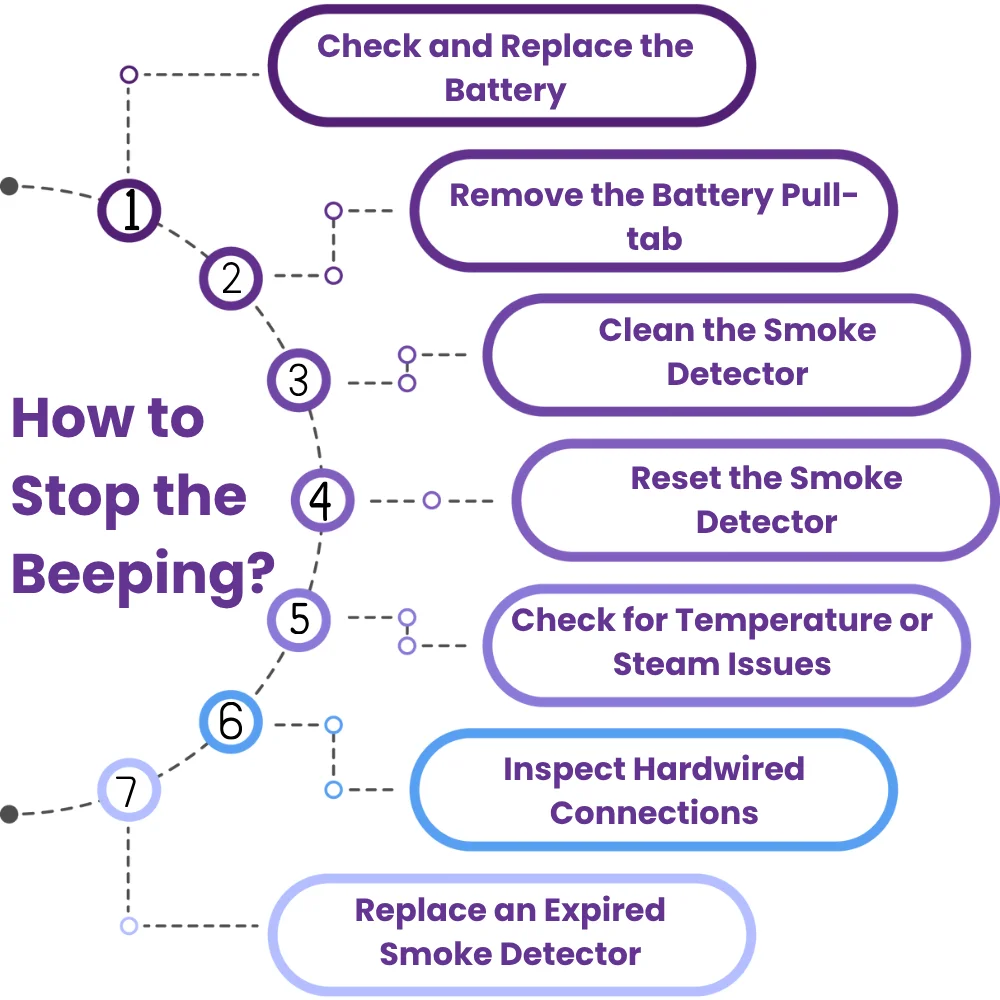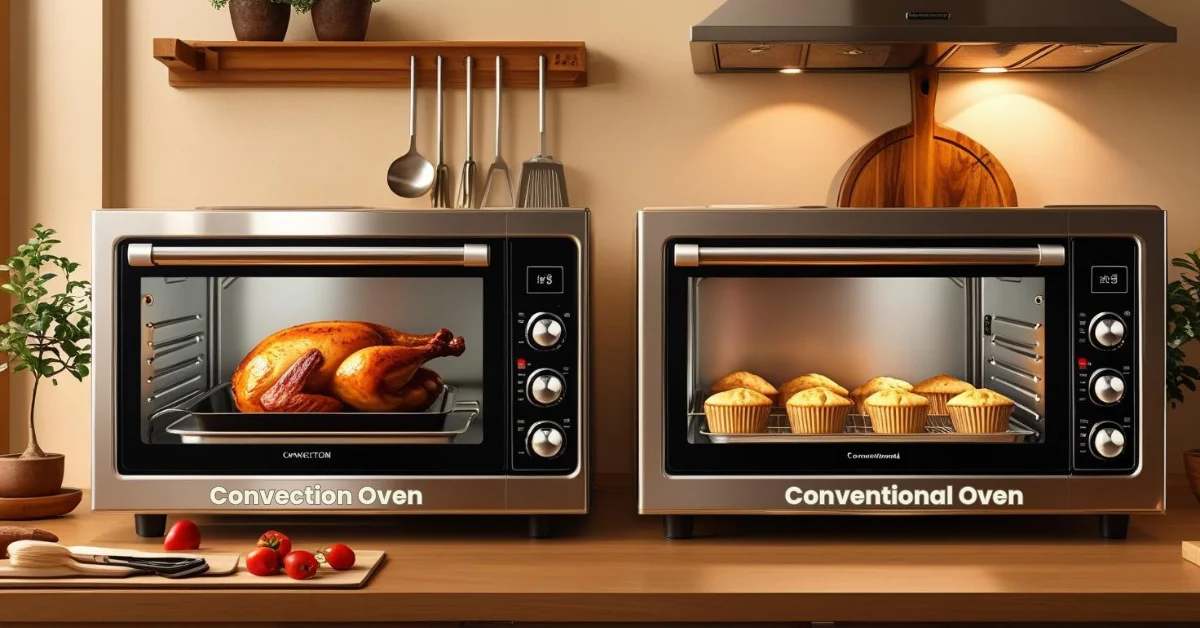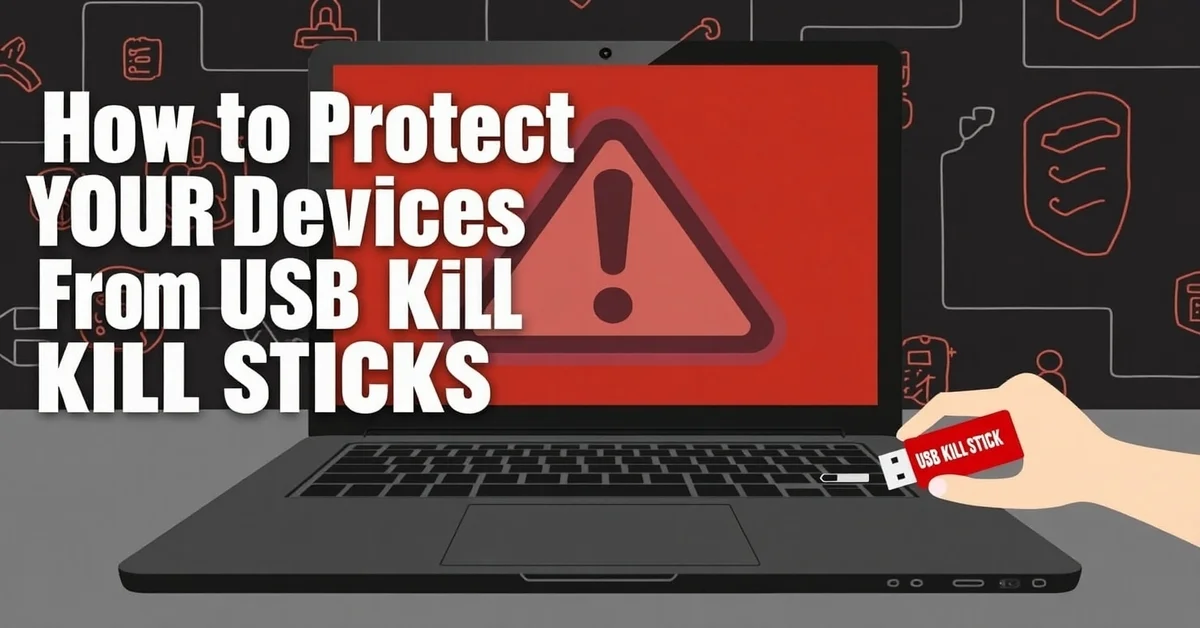Hearing a smoke detector beep constantly can be annoying especially when you’re trying to sleep or focus. If your smoke alarm won’t stop chirping, don’t ignore it. It’s usually a sign that something needs attention, not just a random error.
Why Does your Smoke Detector Keep Beeping?
Before attempting to silence the beeping, it’s essential to identify the underlying cause behind it. Smoke detectors beep for different reasons and identifying the exact cause will help you fix the issue quickly. Here are the most common reasons:
- Low Battery: The most common reason for a beeping smoke detector is a low or dying battery. When the battery power drops, the device chirps to warn you to replace it.
- Battery Pull-tab Not Removed: If it’s a new smoke detector and it’s already beeping, check to see if you removed the pull-tab from the battery compartment. If not, the detector will think there’s no battery installed.
- Dust or Dirt Buildup: Smoke detectors are sensitive. Dust or debris buildup inside the device may interfere with its sensors, leading to false alarms or unexpected beeping.
- Temperature or Humidity Changes: Sharp temperature drops or steam from a bathroom can trigger some alarms.
- Electrical Issues: If you have a hardwired smoke detector, power surges or loose wiring can cause intermittent beeping.
- End of Life Warning: Smoke detectors have a lifespan (usually 8–10 years). After that, they may beep to signal it’s time to replace them.
How to Stop the Beeping: Step-by-Step?

Now that you know the common causes, let’s go through how to stop the beeping based on what the issue might be.
1. Check and Replace the Battery
This is usually the first thing to try because it’s the most common issue. Open the smoke detector by removing the cover or opening the battery compartment.
- Take out the old battery
- Wait for 10–15 seconds
- Insert a new battery (make sure it’s the correct type, usually 9V or AA)
- Close the compartment securely
- Press the test button to confirm that the smoke detector is functioning properly
- If the beeping stops, then the battery was the issue.
2. Remove the Battery Pull-tab
If you’ve just installed a new smoke detector and it’s already beeping, make sure the battery pull-tab has been fully removed. This small piece of plastic is there to keep the battery from draining before you use it. If it’s not taken out completely, the detector won’t operate properly.
3. Clean the Smoke Detector
Dirt, dust, or even cobwebs can block the sensors in a smoke detector and cause false alarms or constant chirping. Cleaning the device is simple and safe.
- Turn off the power if it’s hardwired
- Remove the smoke detector from the mounting bracket
- Use a vacuum with a soft brush attachment to gently clean the inside
- Wipe the outside with a dry cloth
- Reattach the detector and restore power
Make sure not to use water or cleaning sprays, as these can damage the unit.
4. Reset the Smoke Detector
Sometimes, after replacing the battery or cleaning the unit, the smoke detector still beeps. In that case, try resetting it.
- Carefully detach the smoke detector from the ceiling or wall mounting bracket
- Take out the battery
- Press and hold the test button for 15 to 30 seconds until you hear a single beep.
- Reinsert the battery and mount it back
This reset can help clear any false error signals stored in the detector’s memory.
5. Check for Temperature or Steam Issues
Is the smoke detector located near the kitchen, bathroom, or heater? Steam from a shower or smoke from cooking can set off the alarm, even if there’s no fire. In this case:
- Relocate the smoke detector to a more suitable spot, ideally at least 10 feet away from areas prone to steam or smoke
- Use an alarm with a hush feature if it’s near the kitchen
- Use exhaust fans to reduce humidity in bathrooms
6. Inspect Hardwired Connections
If your smoke detector is connected to your home’s electrical system, beeping may be caused by power issues.
- Turn off the circuit breaker
- Remove the smoke detector and check the wiring connections
- Look for loose wires or burned areas
- If you’re not comfortable handling electrical parts, contact an electrician
Always turn the power off first before handling hardwired alarms.
7. Replace an Expired Smoke Detector
The majority of smoke detectors have a label on the back indicating their manufacturing date. If your detector is older than 10 years, it’s time to replace it. Over time, the sensors become less accurate, and the device may start chirping to warn you it’s too old.
To replace:
- Remove the old detector
- Buy a new one that meets safety standards (look for UL certification)
- Install and test it according to the manual
Replacing your smoke detector not only eliminates constant beeping but also enhances the overall safety of your home.
Additional Tips
- Test regularly: Press the test button monthly to make sure your smoke detector works.
- Use long-life batteries: Lithium batteries last longer and reduce the chances of unexpected beeping.
- Label replacement dates: Write the battery replacement date on the detector to keep track.
- Install multiple units: Place smoke detectors in hallways, bedrooms, and near the kitchen for full coverage.
When to Call for Help?
If you’ve tried all these steps and the smoke detector still beeps, it might be time to call in help. An electrician or fire safety expert can test your system and let you know if something else is wrong, like faulty wiring or a bad circuit.
Also, if you smell burning or suspect something may be wrong electrically, don’t ignore the alarm. Call emergency services to be safe.
Conclusion
A smoke detector that keeps beeping can be a source of frustration, but in most cases, the solution is simple. Whether it’s a low battery, dust inside the sensor, or an expired unit, taking the time to fix the problem helps keep your home safe. Remember, smoke detectors are there to protect you. A little beep is much better than having no warning at all in a real emergency. Keep your alarms working properly by checking them regularly, cleaning them, and replacing batteries on time. Your peace of mind and your safety depend on it



